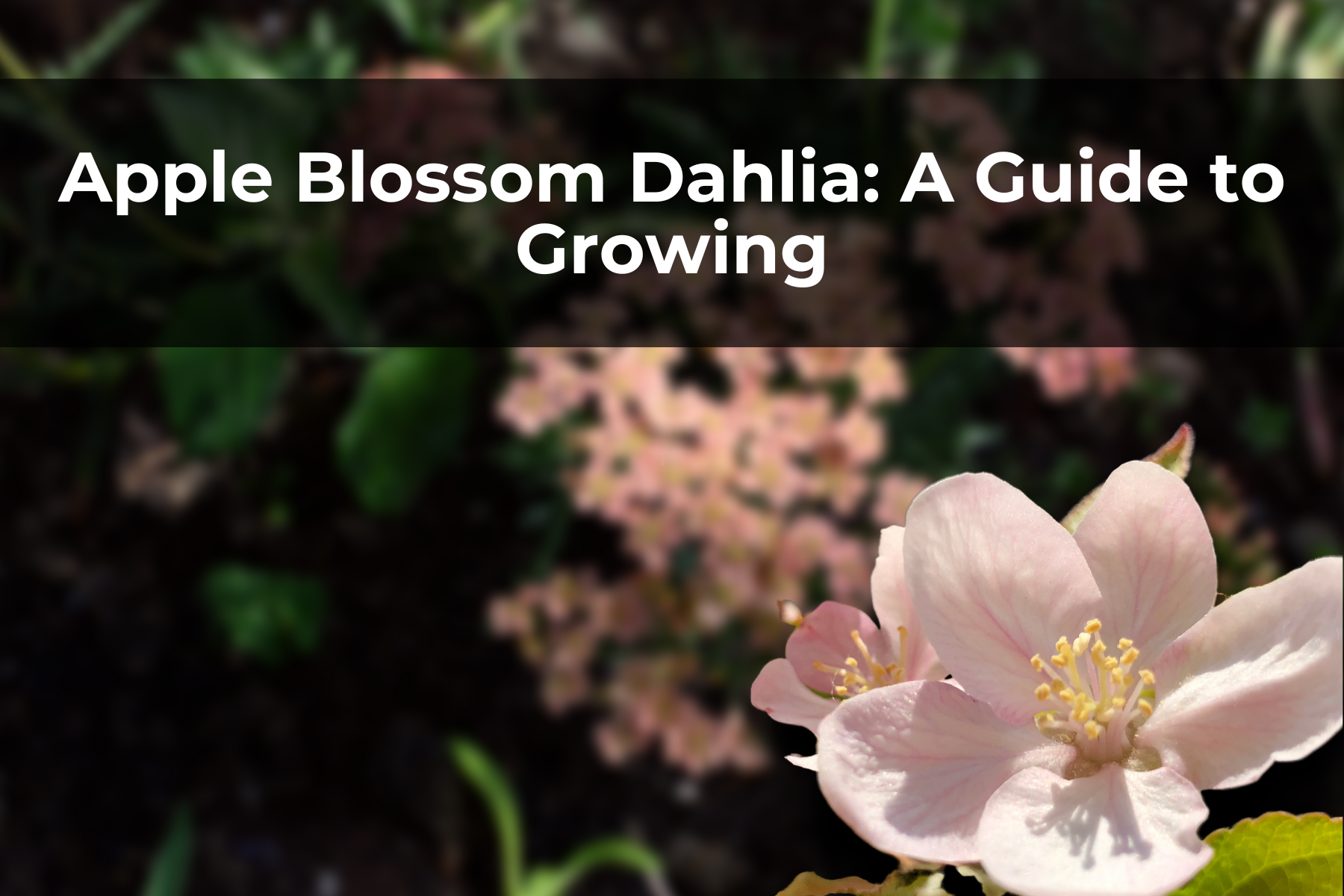Last Updated on April 10, 2024 by Real Men Sow
The apple blossom dahlia is a popular yellow and blush collarette and is well-known for its long stems. These stunning summer showstoppers are a perennial favorite in the UK and worldwide. You can have vibrant summer blooms all year round if you’re a huge fan of apple blossom dahlia.
How To Grow Apple Blossom Dahlia
The apple blossom dahlia is a prized flower in the UK. This attribute is enhanced by the fact they are easy to grow. However, these flowers must be grown and maintained in a way that is easy to maintain.
Best Conditions for Apple Blossom Dahlia to Thrive
- Soil pH between 6 and 7.
- Well-drained, deep soil with low nitrogen levels.
- They need to be exposed to the sun and protected from strong wind.
Planting Apple Blossom Dahlia
Apple blossom dahlia can be grown from either seeds or tubers. These flowers will not be true to their original forms if they are grown from seeds. This is because they are heavily affected by the pollinators that were present in the area they were grown. The seeds may take several years to mature before they start blooming.
Apple blossom dahlia tubers have the advantage of quickly sprouting and producing vibrant flowers that look like the mother plant. You can usually expect tubers to germinate in one to three weeks.
How To Grow Apple Blossom Dahlia Tubers
Planting the apple blossom dahlia horizontally at a depth 15 cm is the best way to grow it. The eye will be located at the end of the thinnest tuber. To allow rapid growth of stalks, it is best to make sure this is centered.
Apple blossom dahlia tubers are susceptible to rot so it is important that your soil is well-drained and that the tubers are in full sunlight. It is recommended that your tubers be in direct sunlight for at least 6 hours each day. Shade is a great option if your tubers are exposed to too much light. It is important to protect the planting site from rain and strong winds, as thin stalks that germinate from the tubers may be easily damaged or destroyed.
You must place multiple apple blossom dahlia tubes at least 10 inches apart if you plan on planting them all. This will allow each tuber enough space to grow. Do not forget to lightly pack the soil around the stalk’s base. This will help stabilize the stalk and anchor it until the roots develop fully.
Apple Blossom Dahlia Care Guide
Watering
Apple blossom dahlias are fond of moisture and must be watered every few days after they have been planted. It is vital to make sure that you do this: After planting the tubers leave the soil to dry completely for at least 24 hours before watering. Tubers don’t have roots that can absorb moisture. Therefore, excess water in the soil will cause them to rot.
Increase your watering as it grows. However, you must avoid overwatering the delicate young plant. It is best to water established plants at least once a week depending on the weather and environmental conditions. Apple blossom dahlias need to have green leaves at all times. Any color change indicates low water levels and insufficient minerals.
Installing a drip irrigation system is the best way to water these flowers. Alternatively, you can use a hose and focus on the soil at the base of the plant.
Fertilizer
Light fertilizer is a great way to help apple blossom dahlias. The tubers don’t require fertilizer when they are planted. However, once the plant has established, you can add organic fertilizer in a N-P-K ratio between 5-10-10 and 10-20-20 to the soil.
Temperature Tolerance
The tolerance of apple blossom dahlias is low and they will not tolerate extreme heat or cold. They thrive in warm temperatures so they should be moved indoors during winter.
Pests and Diseases
Fungal diseases can be a problem for apple blossom dahlias, particularly powdery mildew. This can happen if the foliage is damp. You can treat it by spraying the plant with insecticide or using a cotton swab that has been dipped into neem oil to rub the leaves. Slugs are another common pest that should be avoided.
Mulching and Toxicology
Mulching apple blossom dahlias should be avoided until they have fully grown. After the plants have established, you can add mulch to retain soil moisture. To avoid any damage to the roots of the flower’s roots, ensure that weeds are removed by hand. Apple blossom dahlias can be slightly toxic because of the phototoxic polyacetylene chemicals they produce. It is therefore important to use gloves when handling them.

